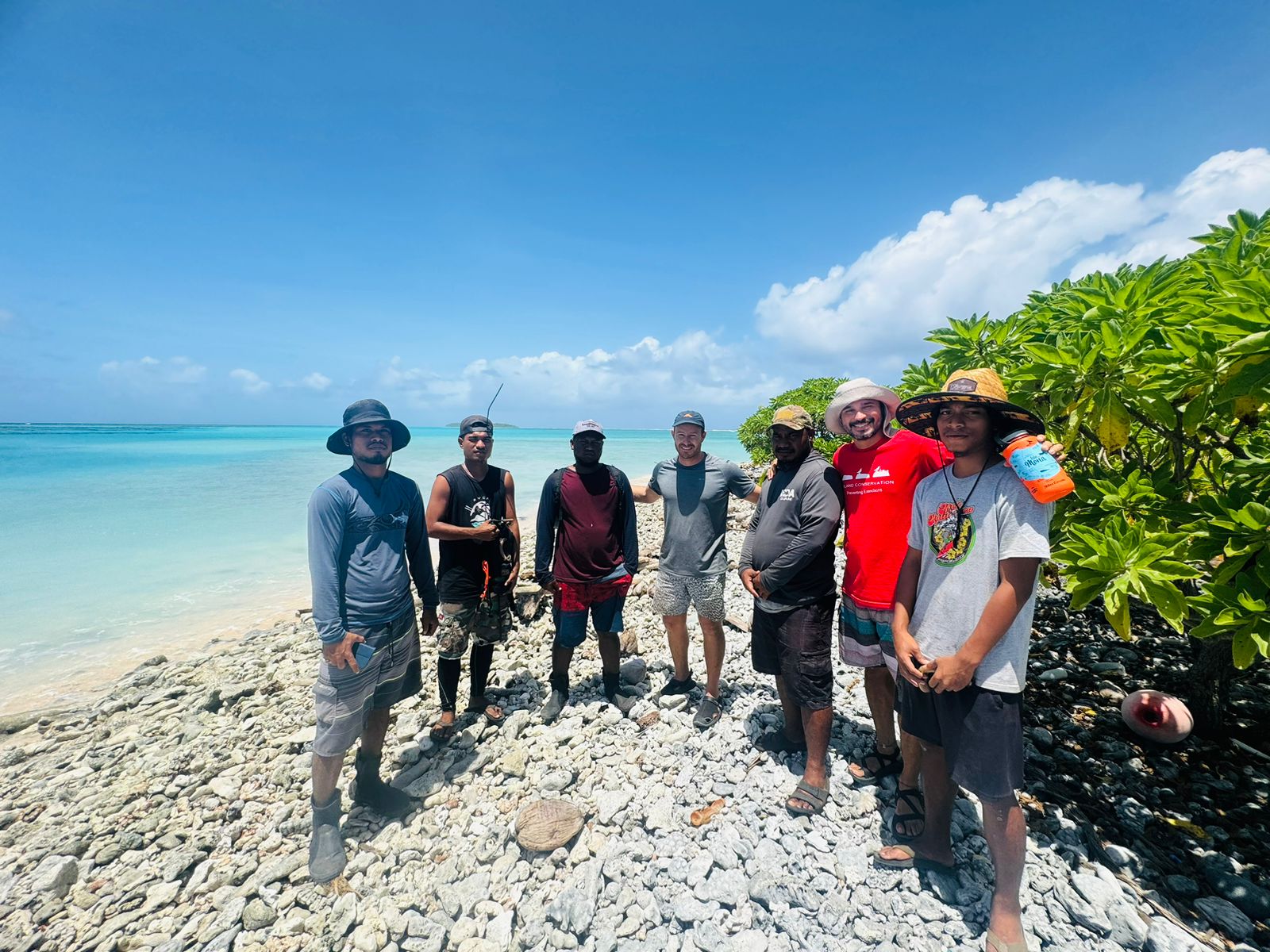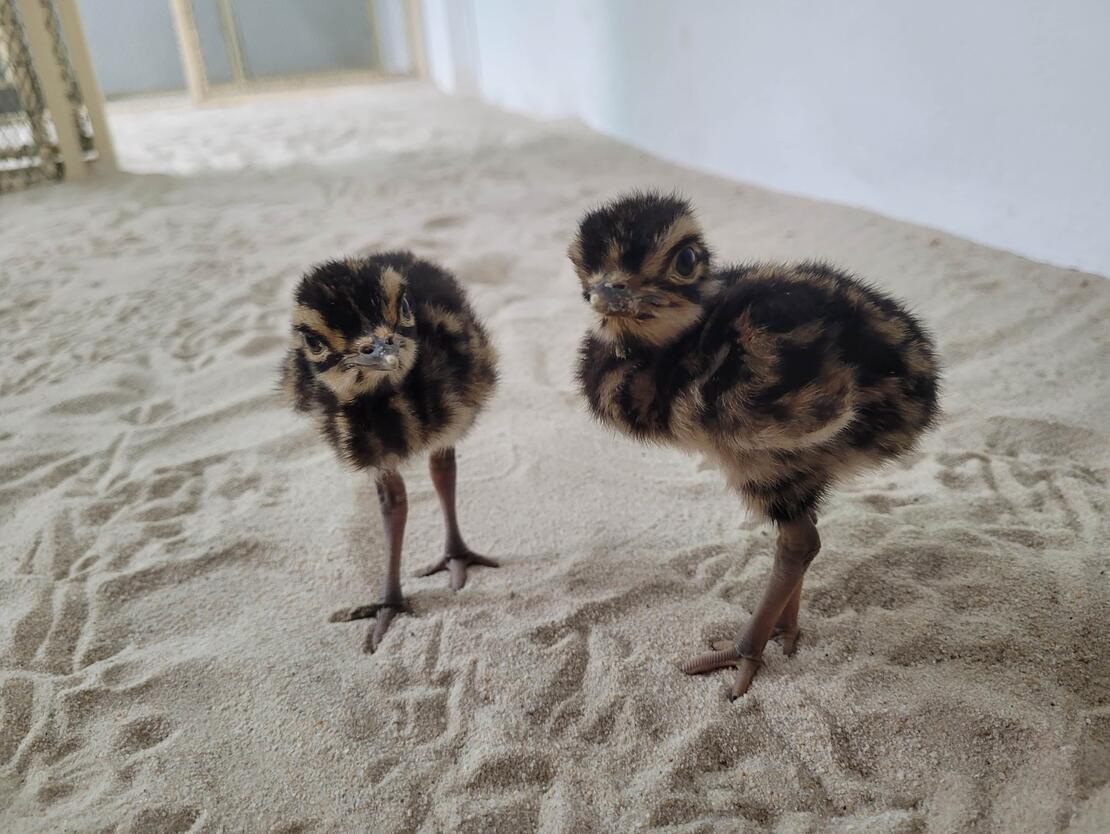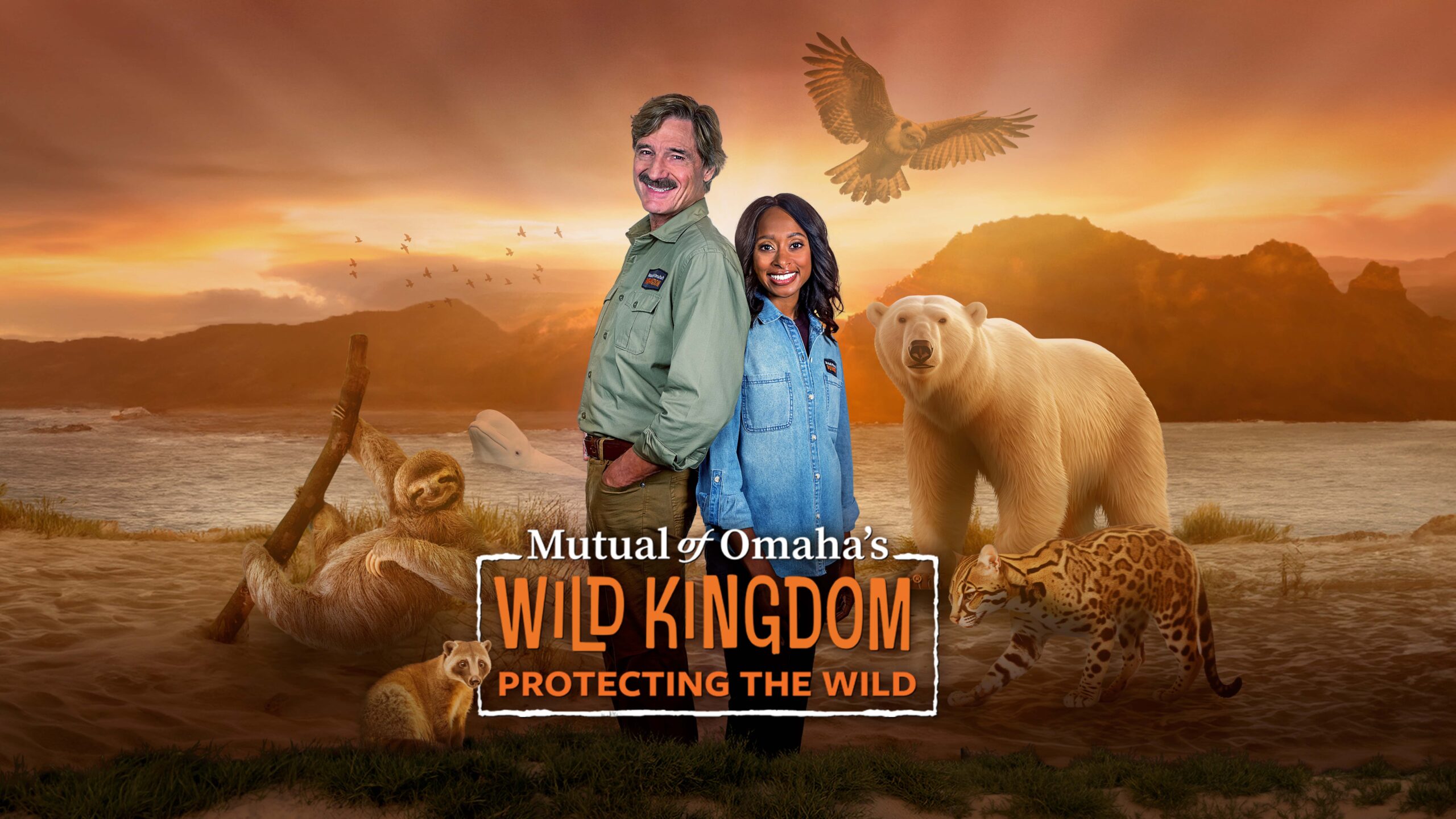The rich tropical “gardening island” of Loosiep is now confirmed to be free from rats, a damaging invasive species, after concerted efforts from non-profits and the local community. As confirmed now by Island Conservation, a non-profit environmental group that was part of the restoration, the end of rats has brought about a remarkable ecosystem recovery, allowing Loosiep to once again thrive as a metaphorical bread basket for the local community.
Loosiep is located within the Ulithi Atoll, part of the island-state of Yap in the Federated State of Micronesia, which hosts a total population of 11,577 people across an area of 39 square miles of land.
An international conservation effort by Island Conservation, Ulithi Falalop Community Action Program (UFCAP), and One People One Reef (OPOR) arrived at Loosiep because of its reputation as one of a group of five islands in Ulithi known as the Turtle Islands, some of the most important nesting sites in the world for the Micronesian Green Sea Turtle population.
Also known for its vibrant biodiversity and rich cultural heritage, Ulithi faced a significant threat from invasive species preying on seabird eggs, coconut crabs, and sea turtles, disrupting sensitive nesting habitat, and destroying crops. The removal of invasive rats from the island follows the successful removal of invasive pigs by Loosiep’s landowners in 2020, making all five of the Turtle Islands now free from the devastating impacts of invasive mammals.
Magul Rulmal Jr., community organizer for UFCAP and Ulithi resident, says that the project’s success “marks a pivotal moment in uniting the communities of Ulithi”.
“Through this journey, we’ve ignited excitement and fostered a sense of ownership in our community’s sustainability for generations to come,” Rulmal Jr. said in a statement. “The realization of such formidable eradication efforts in our traditional, remote Ulithi communities exemplifies what can be achieved when we unite with determination and passion. It exceeds even my wildest dreams”.
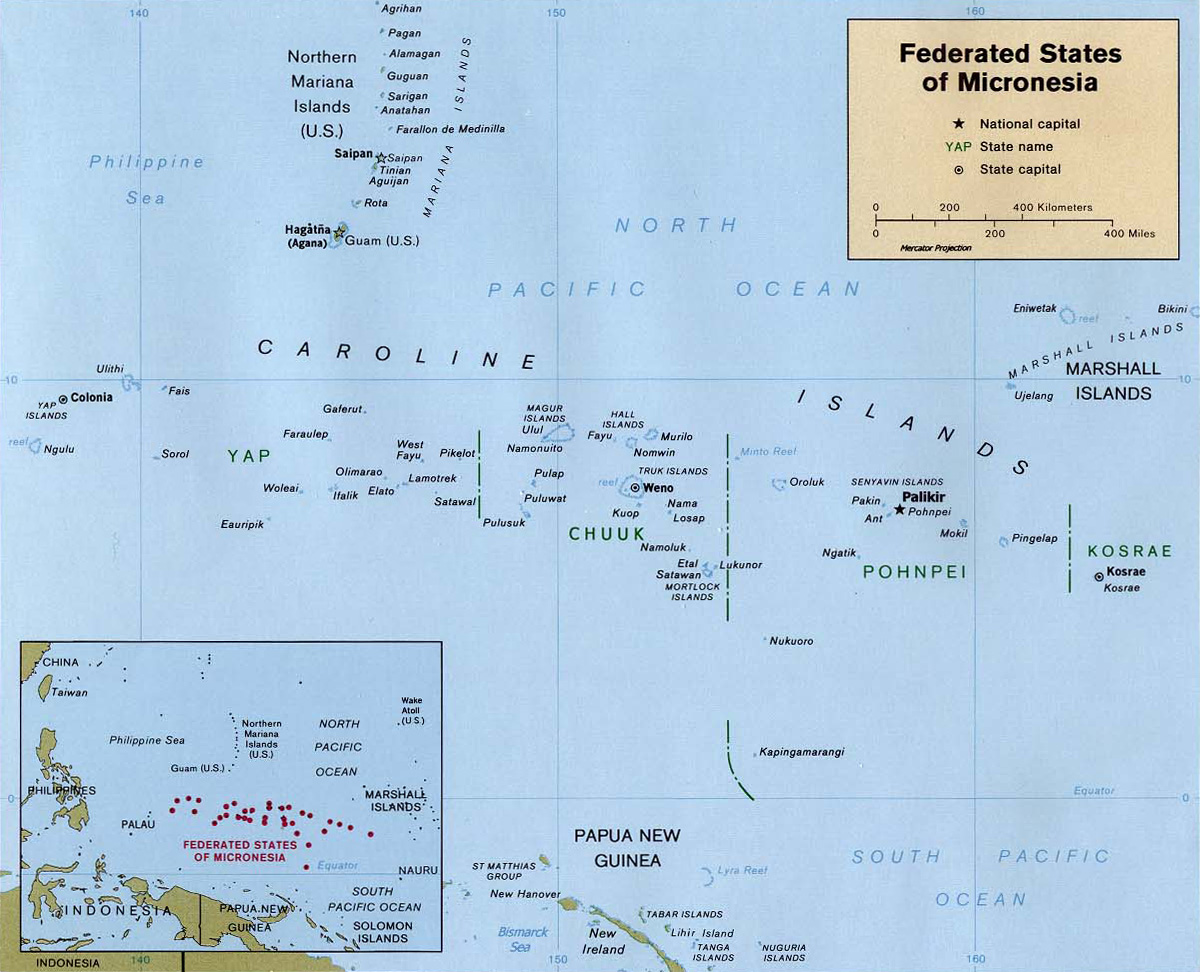
The recent chapter of a wonderful story
Of all the world’s ecosystems, the often unique environs on the 670,000 islands in the world’s oceans, seas, and lakes, may be in the best shape of all. In 2020, when the decadal targets set out in the Aichi Biodiversity Treaty reached their deadlines, almost none had been achieved apart from invasive species control and eradication—which saw enormous success across islands in all the oceans.
Many of these isolated ecosystems suffered terribly from invasive animals and plants throughout the 18th, 19th, and 20th centuries. However, this principle works both ways because islands are small and isolated, and the potential for ecosystem restoration through invasive species control is as dramatic as the potential for ecosystem collapse through their introduction.
Island Conservation’s successes have driven forward this remarkable story of conservation. Since 1997 they have successfully restored 65 islands worldwide, benefiting 1,218 populations of 504 species and subspecies.
On Ulithi, a recent transect survey, Island Conservation revealed the presence of nine coconut crabs on Loosiep Island, whereas in 2019 there were zero. This exciting development has brought immense joy to the locals, who have a deep connection to the island and its natural resources. Staff also reports increased abundance in native reptiles, like the green skink, and seabirds, like the bristle-thighed Curlew, indicating a positive shift in the island’s ecosystem.
The return of these ecosystems to the state they were in before European colonization offers the chance for the entire ecosystem—land and sea—to fall back into a better balance.
The nutrients the returning native animals introduce into the soil will boost Loosiep’s viability as a gardening island and will run off to enrich the surrounding reefs. In addition to improving conditions for native vegetation to trap carbon from the atmosphere, the restoration of Loosiep will also help protect the island from the immediate effects of climate change.
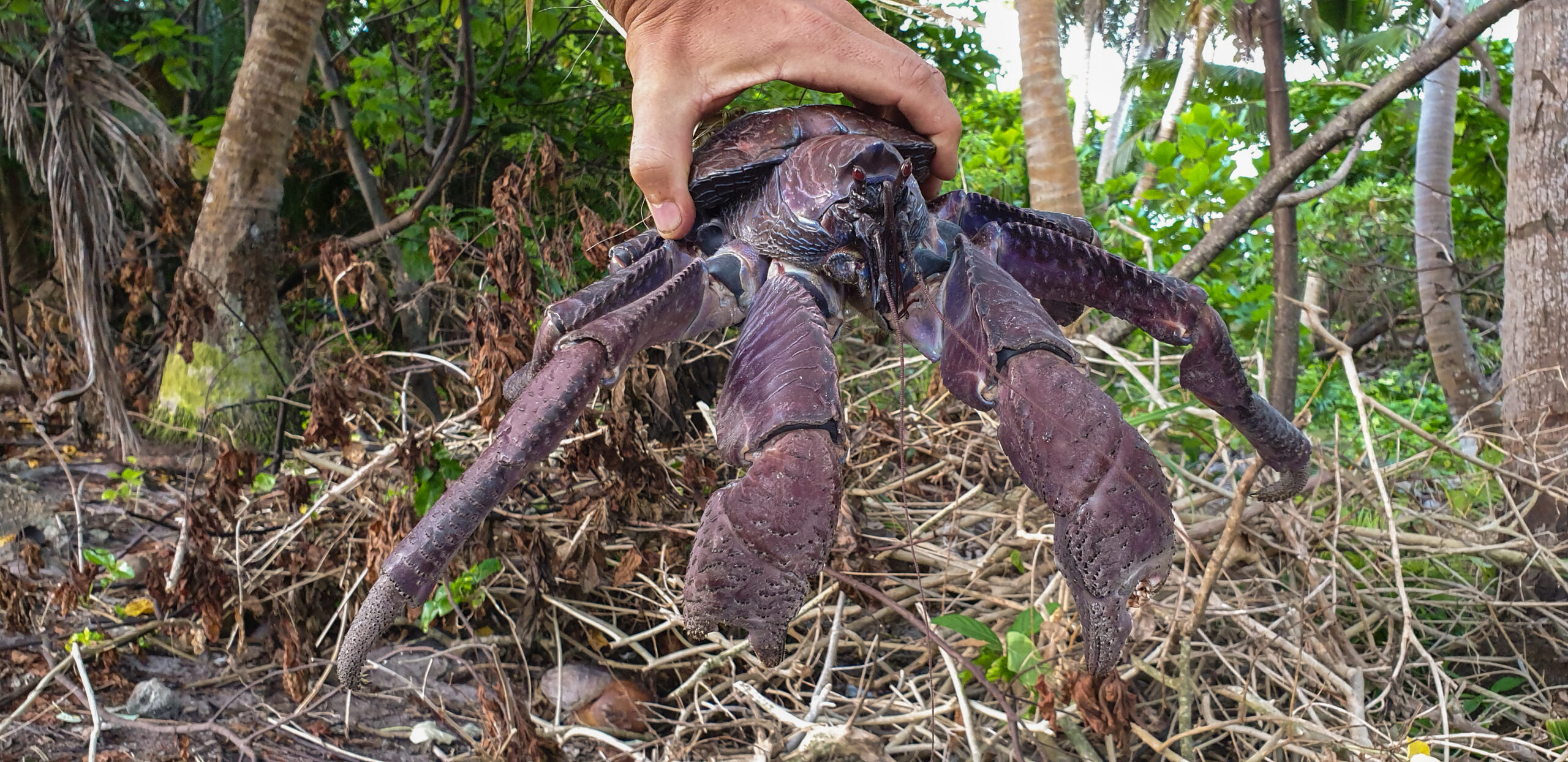
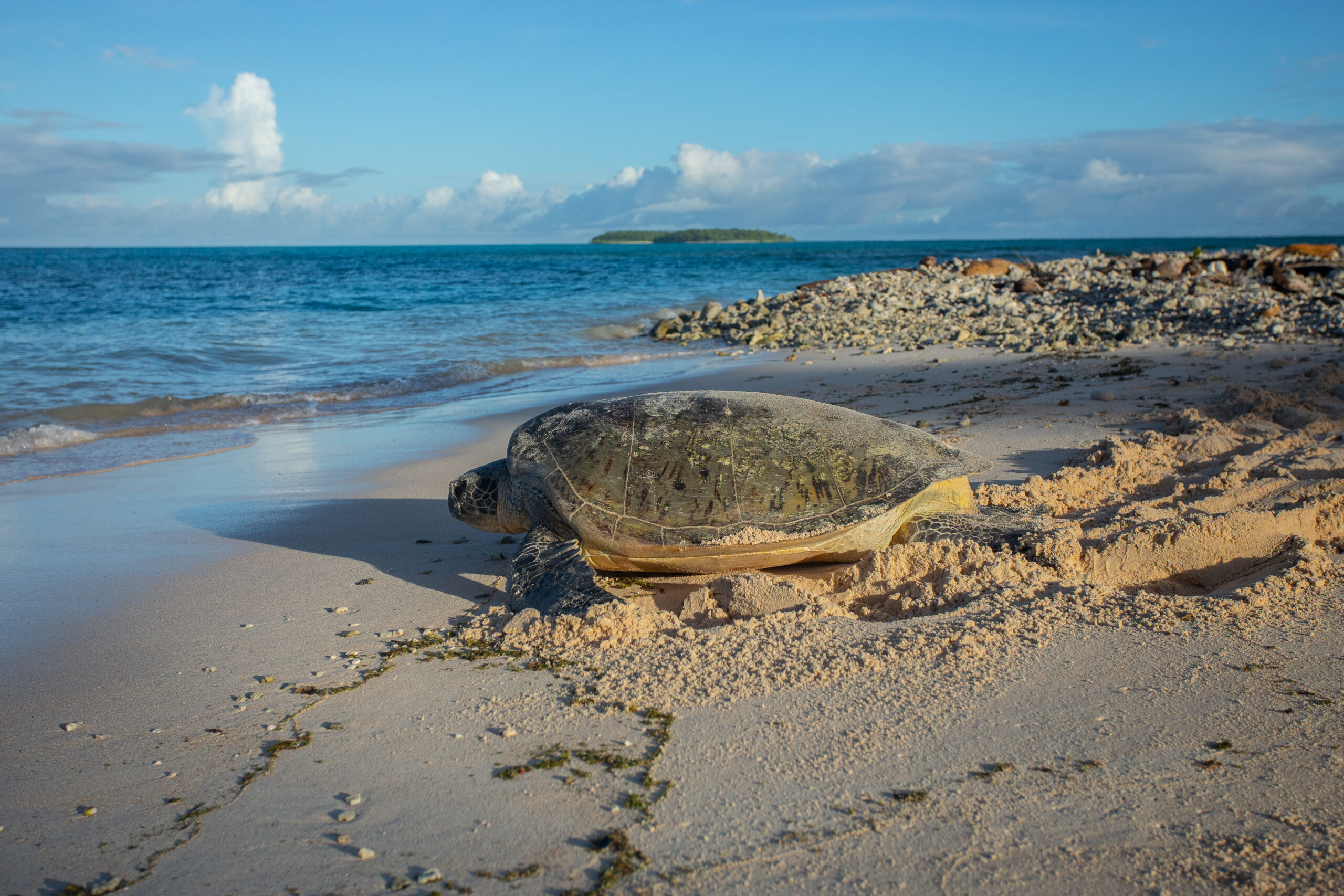
It’s not like a few hundred thousand additional plants will change the carbon equation in the atmosphere, but healthier vegetation will prevent erosion, and as the reefs near the island recover their size and robustness, they won’t only protect islands from extreme weather and storm surges, but they also themselves recover from bleaching events up to four times faster.
A revitalization
Jesse Friedlander, Island Conservation’s South and West Pacific Project Manager, has already witnessed signs of recovery.
“We have built capacity within the Atoll to a point where further, more ambitious restoration projects are possible,” Friedlander said. “Ulithi could be an example for the wider region of what can be achieved. With invasive species removals gaining traction in the Pacific, the restoration of Loosiep is a beacon of hope in the region’s fight against climate change”.
The restoration of this gardening island not only safeguards the unique biodiversity of Ulithi Atoll but also ensures the well-being and food security of its residents. With the rats gone, the islanders have wasted no time in revitalizing Loosiep’s agricultural potential. Crops such as bananas, sweet potatoes, okra, and breadfruit have been planted, restoring a vital source of food for the residents of neighboring Falalop. This achievement marks a significant milestone for Ulithi and the outer islands of Yap State.
The dedication of Loosiep’s landowners to the restoration and preservation of the island’s biodiversity sets a strong example for ecological restoration and conservation in the region.
Collaboration has been the key to the project’s success, and will continue to play an important role. Rulmal shared his gratitude for successful collaboration, stating, “I am deeply thankful for the collaborative voyage, a harmonious blend of scientific knowledge, traditional wisdom, and genuine partnership”.
Continuous monitoring will be carried out over the next few years to assess the ongoing recovery of the ecosystem, though it’s expected that the number of turtles to increase in the coming years.
Celestine, a long-time community member of Ulithi, shared his excitement, saying, “I am 54 years old and have been going to Loosiep since I was a boy. That is the first time I have seen turtles hatch on the island”. WaL
